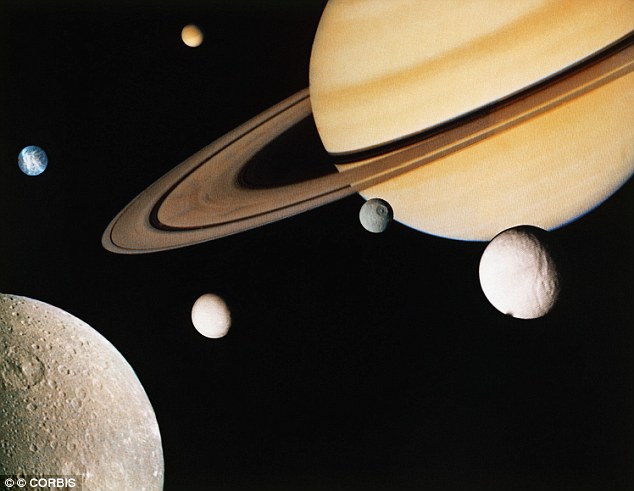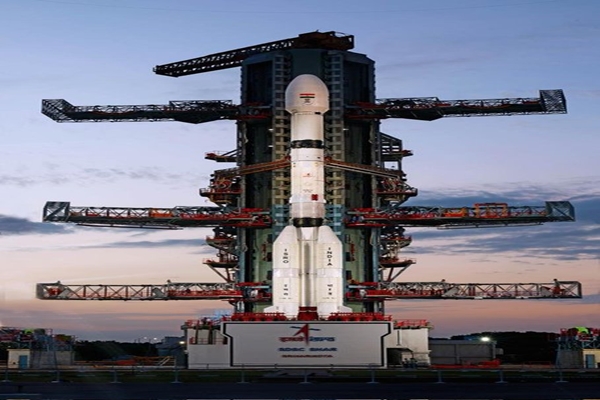Moons of Saturn may be younger than dinosaurs: study
Sat 26 Mar 2016, 13:38:24

Some of Saturn's icy moons as well as its famous rings might be modern adornments, and their dramatic birth may have taken place a mere hundred million years ago, more recent than the reign of many dinosaurs, a new study suggests.
"Moons are always changing their orbits. That is inevitable. But that fact allows us to use computer simulations to tease out the history of Saturn's inner moons," said Matija Cuk from the Search for Extraterrestrial Intelligence (SETI) in the US.
"Doing so, we find that they were most likely born during the most recent two per cent of the planet's history," said Cuk. Cuk, along with researchers from the Southwest Research Institute, used computer modelling to infer the past dynamic behaviour of Saturn's icy inner moons.
While our own moon has its orbit around Earth to itself, Saturn's many satellites have to share space with each other. All of their orbits slowly grow due to tidal effects, but at different rates, researchers said.
This results in pairs of moons occasionally entering so-called orbital resonances. These occur when one moon's orbital period is a simple fraction (for example, one-half or two-thirds) of another moon's period, they said.
In these special configurations, even small moons with weak gravity can strongly affect each other's orbits, making them more elongated and tilting them
out of their original orbital plane, researchers said.
out of their original orbital plane, researchers said.
By comparing present orbital tilts and those predicted by computer simulations, researchers could learn how much the orbits of Saturn's moons grew. For some of the most important satellites - Tethys, Dione and Rhea - the orbits are less dramatically altered than previously thought, they said.
The relatively small orbital tilts indicate that they have not crossed many orbital resonances, meaning that they must have formed not far from where they are now.
To find out how long ago was their birth, researchers used results from NASA's Cassini mission to help answer this question. The Cassini spacecraft has observed ice geysers on Saturn's moon Enceladus.
Assuming that the energy powering these geysers comes directly from tidal interactions, and that Enceladus' level of geothermal activity is more or less constant, then the tides within Saturn are quite strong.
According to the team's analysis, these would move the satellite by the small amount indicated by the simulations in only about 100 million years.
This would date the formation of the major moons of Saturn, with the exception of more distant Titan and Iapetus, to the relatively recent Cretaceous Period, the era of the dinosaurs.
The findings were published in the Astrophysical Journal.
No Comments For This Post, Be first to write a Comment.
Most viewed from Specials
Most viewed from World
AIMIM News
Latest Urdu News
Most Viewed
May 26, 2020
Can Lionel Messi's visit boost Indian football?
Latest Videos View All
Like Us
Home
About Us
Advertise With Us
All Polls
Epaper Archives
Privacy Policy
Contact Us
Download Etemaad App
© 2026 Etemaad Daily News, All Rights Reserved.





































.jpg)
.jpg)
.jpg)


